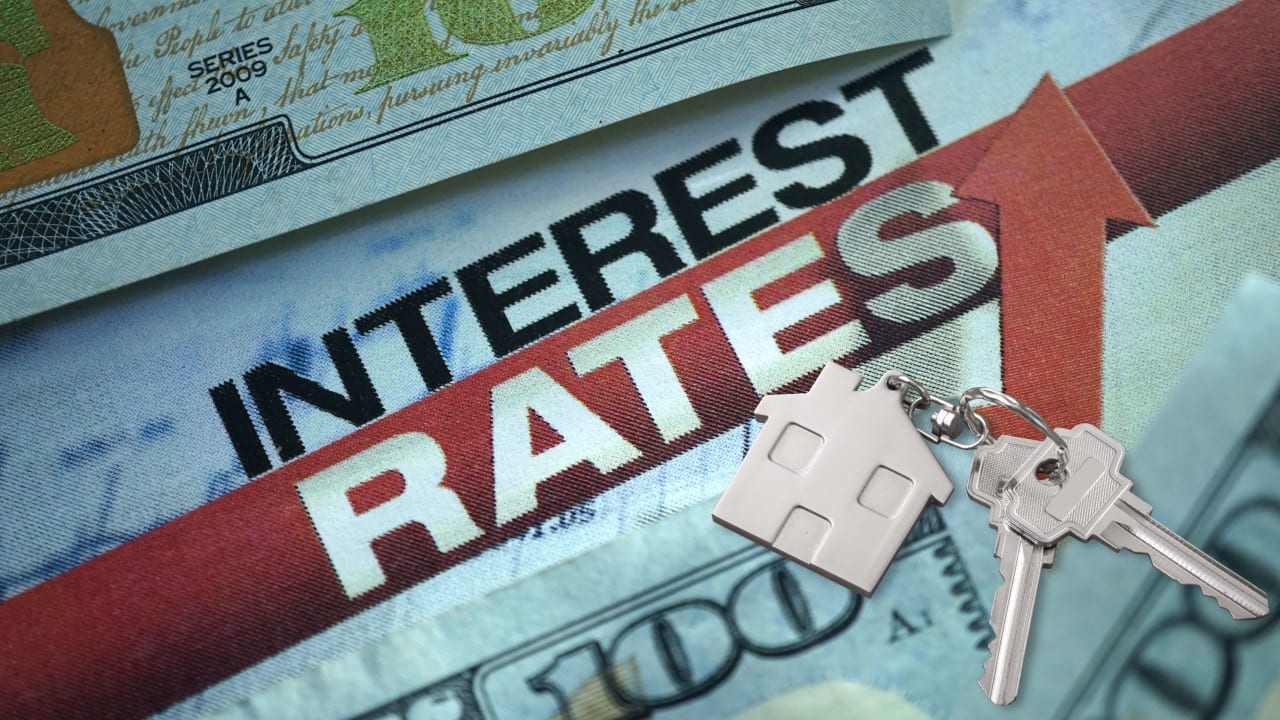Date the Rate: Your Ultimate Guide to Winning in the Property Game


In today's shifting economic landscape, being well-informed about how interest rates, mortgages, and market strategies intertwine can make a significant difference in your real estate journey. Whether you're a first-time homebuyer, an experienced investor, or simply curious about the market, this comprehensive guide will provide valuable insights and strategies to navigate the real estate world confidently.
Interest rates play a crucial role in the real estate market and are often influenced by broader economic policies. The Federal Reserve, the central banking system of the United States, adjusts these rates to manage economic growth. During periods of economic downturn or recession, the Fed may lower interest rates to stimulate spending and borrowing. Conversely, to curb inflation and stabilize the economy, they might raise rates.
For potential homeowners and real estate investors, understanding these trends is vital. Lower interest rates can make borrowing more attractive, increasing demand for real estate. This can drive up property prices, making it a seller's market. On the other hand, higher interest rates can cool down the market, potentially leading to price stabilization or reduction.
When considering a mortgage, you'll encounter two primary types: fixed-rate and adjustable-rate mortgages (ARMs). Fixed-rate mortgages keep the same interest rate throughout the loan term, offering predictability in payments. ARMs, such as 3/1, 5/1, or 7/1 ARMs, start with a lower interest rate that adjusts over time, usually in relation to an index rate.
Refinancing is not just about getting a lower rate; it's about aligning your mortgage with changing market conditions. By refinancing to a more favorable rate at the right time, you can save significant amounts over the life of your loan. It’s a powerful tool, but it requires understanding market trends and your own financial trajectory.
A savvy strategy is to start with an ARM to benefit from the lower initial rate, then refinance to a fixed-rate mortgage when interest rates decrease. This approach can result in significant savings, but it requires careful market observation and timing.
Another tactic is the mortgage buy down, specifically the "2-1 buy down" or "3-2-1 buy down." This involves reducing the loan's interest rate for the initial years. For example, in a 3-2-1 buy down on a 7% interest loan, you might pay 4% in the first year, 5% in the second, and 6% in the third before settling at the standard rate. This upfront cost can be negotiated as part of your purchase contract, often with the seller contributing to the buy-down.
Negotiating with sellers to cover buy-down costs can be a game-changer in a competitive market. This makes initial payments more affordable and adds a compelling element to your offer, potentially making it more attractive to sellers.
Navigating the real estate market requires a blend of knowledge, strategy, and timing. You can maximize your real estate investments by understanding the impact of interest rates, choosing the right mortgage, and employing smart negotiation tactics. Remember, every real estate journey is unique, and what works for one investor might not be ideal for another. Stay informed, be adaptable, and consult with professionals to make the most of your real estate endeavors. Embrace the market's challenges and opportunities, and you'll be well on your way to success in the fascinating world of real estate.
Stay up to date on the latest real estate trends.



April 2024

May 2024


April 2024

April 2024

March 2024

You’ve got questions and we can’t wait to answer them.